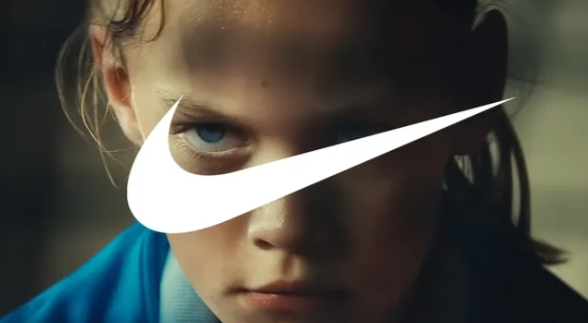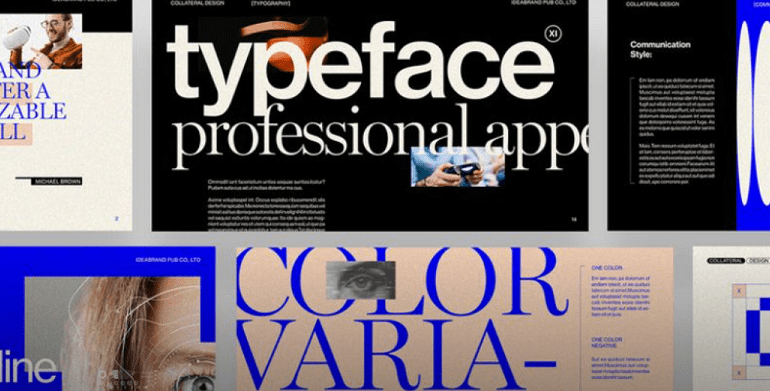“I just don’t have the time,” or “now isn’t a good time for me.” These are just some of the responses that we are guilty of coming up with when we are thinking about making changes.
A re-brand? No time. New content? Not just now, thanks. Website? We’ve got one, and we’ve got more than enough on our plates.
These things must be reconsidered, as we know that companies have been and will be left behind if they don’t continue to adapt and evolve what is ultimately the shop front to their company. It is important to always strive to keep your website fresh and updated; so why not now?
Right now is the perfect time to invest in long-term strategy and you certainly don’t want to be thinking of doing it when you are once again too busy to act. Just as important is to remember that you are not the only one at home and as the majority of people are also at home, we all need something to direct our gaze at.
From one side, we don’t have shop fronts, store displays, or events to showcase what we do. From the other, we have nobody to talk to at the coffee machine, and we can’t gossip by the copier; plus now more than ever, we need to be entertained.
If you already have a website, you have already been collecting data for some time now. With today’s Google Analytics providing visibility as we’ve never had, now is the time to cash in.
It is easier than ever to identify which areas of your site work the best, which pages rank the highest, and use data to find out about visitors. There is no point in framing this data and putting it on the wall (with everyone working from home no one will see it anyway), you should be using it to see where your visitors are coming from and going to, what they are liking and what they are ignoring; and then building something which makes it easier for them to do so. 79% of customers who voiced dissatisfaction with websites say that they would be unlikely to buy from them again.
A website is not only a great way to get clients, but it can also be a fabulous way of losing them. Half of web users expect webpages to load in less than two seconds; a one-second delay here translates to an 11% drop in page views, and, tellingly, a 7% drop in conversions. A one-second increase has made some companies thousands of dollars more every day, literally.
Speed and user-friendliness are among many factors, of course, and you should take the time to really have a look at such factors as:
Mobile-friendliness
This is a non-negotiable must and it is essential that you have a mobile-friendly website
Design
This isn’t myspacing anymore; design should be unique and proudly display your brand; make it inviting, clear, succinct, and be true to your brand. It must look good; if you were buying a car, you’d expect four wheels and some mod-cons, but you’d also choose one that looked nice.
Ranking
Many of the webs best looking and most functional sites slip under the radar far too often. Great design, content, and architecture mean nothing if you are not showing up in search results. Several factors will affect this, of course, but usability will be high on the list.
Conversion rate
Ok great, your site is ranking spectacularly and generating more leads than a pet shop, but again, useless if they are not converted.
Branding
Maybe the number one factor to look at right now. It is high time to sit back and get some perspective on your brand, your industry, and your company. Have things been slowly changing over the last few years? Is your product still the same? More than ever before, a consistent, multi-platform brand is key to gaining awareness and loyalty. Your brand must be more than a fantastic and recognisable logo; it must be your voice and your precept.
Content
Fill up your website with fantastic content (content will generate SEO for years to come, for free) and make it look fantastic and will keep people on it as long as possible. Right now is a great time to invest in content. Once you have it, it’s yours, use it and squeeze it as long as you can.
One thing that this situation will surely boost is e-commerce. The fear of expanding into online sales must be overwhelmed by the fear of having no sales at all. Once we are through the isolation period, yes, people will rejoice and head outside, but e-commerce will have been introduced to millions of people that didn’t use it already. Give your customers the same feeling as they get when they come to see you, make them feel welcome and free from this confinement by offering a fantastic online experience from which they can still enjoy your product.
Home deliveries seem to be the best bet right now, so be the site that offers the most comfortable path to it. And don’t think that it will be short term, most clients, if they have enjoyed the experience, will continue to shop online.
A website, across all platforms, is your storefront right now. It is your kiosk at the industry convention and content is your voice. Take the time to marry as many strong elements of your company and brand as you can, and make sure that everyone can see what you do and what you deliver, presented in an easily digestible and engaging website.
By Jenny Stanley
Jenny Stanley is founder and managing of Appetite Creative Solutions















